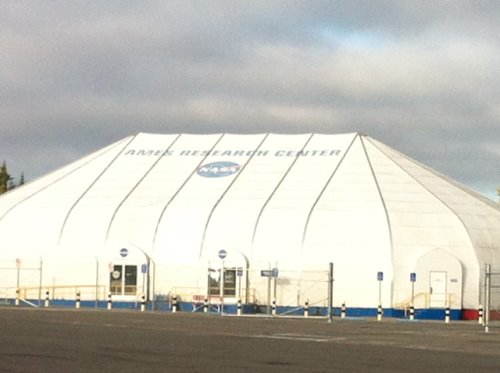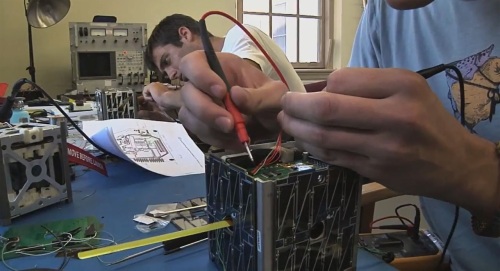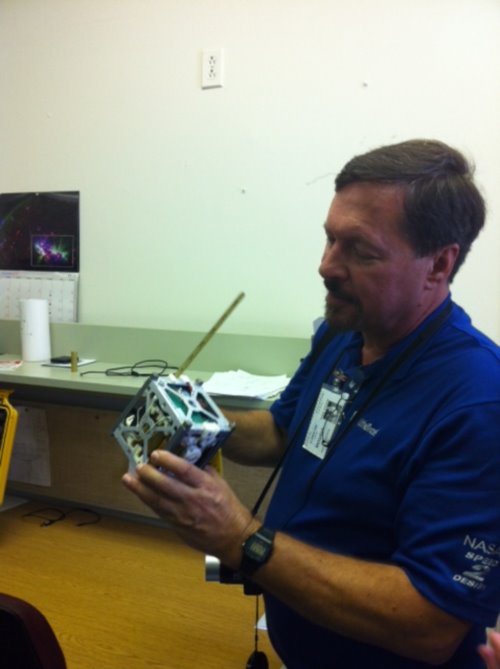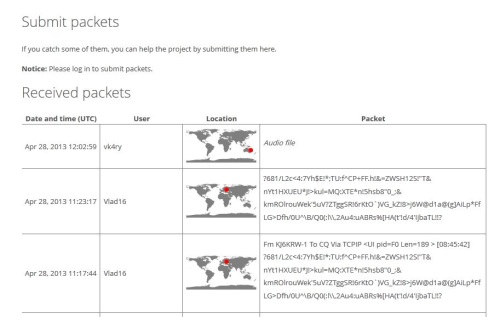If you’ve perused the ElectronicProducts.com site in the past week, surely you came across an article or two about our recent trip to NASA’s Ames Research Facility as part of the Littelfuse Speed2Design promotion.

While being able to step on actual NASA ground was, in and of itself, wonderful, getting the chance to listen to some of the Agency employees talk about the technologies they’re working on was absolutely amazing.
Take, for instance, NASA’s PhoneSats program. This part of the trip was hosted by Jim Cockrell, PhoneSat 1.0 project manager at NASA Ames, and his protégé Jasper Wolfe, and they discussed in great detail the inner workings of this fascinating technology.

As Cockrell and Wolfe described it, PhoneSats are basically nanosatellites made up of components found in your standard smartphone — hence the name (creative, no?). Made up of many of the same technologies found in the popular devices, including processors, Android operating systems, miniature sensors, cameras, GPS receivers, radios, and more, these little devices weigh approximately 1 to 10 kilograms and can be launched into space to record and send back all sorts of information.

Speed2Design winners got to hold and inspect an original PhoneSat prototype.
Neat stuff, but what’s really cool about this project is that everything is open sourced. All of the recorded information can be found on the department’s PhoneSat page, and if anyone out there is a ham radio hobbyist, you can help NASA out by submitting packets to the Agency through its site.

The first group of PhoneSats launched this past spring. Using primarily commercial hardware and keeping the design and mission objectives to a minimum, NASA engineers kept the total cost of the components for the prototypes to $3,500 and $7,000. They reported back a series of images that were then stitched together as proof that existing technology could be incorporated into a new form of affordable, usable satellite technology.


Unfortunately, the first group deorbited a few days after launch and burned up in the Earth’s atmosphere, but for those interested in following this project and possibly tracking their progress so as to submit information to NASA, the next two PhoneSat launches are scheduled for November 6 and December 6. Packets of information will be sent back over the amateur radio band at 437.425MHz. Transmission will be done using AFSK (1200 bps) modulation, AX.25 packet coding, and have vertical linear polarization.
In terms of real-time operation, PhoneSat 2 and PhoneSat 3 will transmit new information every 28 seconds and 30 seconds. As far as how long they’ll be out there, the goal will be to have one satellite up there for two years while the other will cut short its stay after just three months.
If you find this sort of stuff interesting then you MUST spend the next 10 seconds of your life filling out the form below. You’ll see that it’s relatively simple and by putting your information in, you’ll be entered into Part 2 of LittelFuse’s Speed2Design contest, which will take 10 lucky winners to NASA’s Johnson Space Center in Houston.
And before you Google it, yes, this is the center where the phrase “Houston, we have a problem” was born.
Fill out the form now because as you’ll see by the ticking clock below, winner selection is right around the corner:
Form below:
Good luck!
Advertisement
Learn more about Electronic Products MagazineLittelfuse






